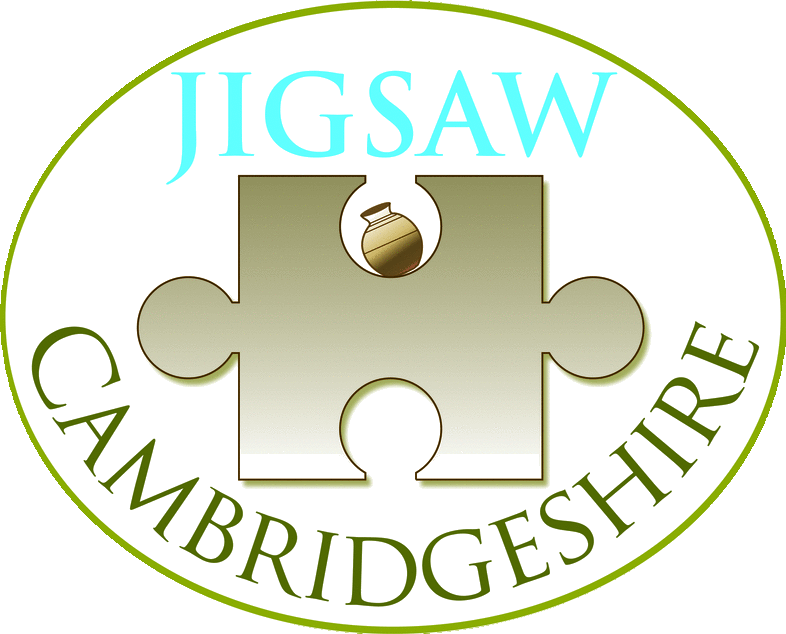Covington History Group meets in the Village Hall at 7:30pm on the fourth Monday of the month from September to April. Meetings are informal and open to all residents in the village. We welcome visitors to our Speaker meetings and by invitation to other meetings.
There is plenty of archaeology in and around the village but what we look at each year is very dependent on what crops are being grown where. Iron Age farms dot the landscape with one being in use from late Iron Age through to the end of the Roman period. The 'Roman' site seems to have thrived during the third and fourth centuries and painted plaster, glass and upmarket pottery has been found. This settlement appears to have come to an abrupt end in the fourth century. There is evidence of an iron smelting industry during Saxon times, perhaps with iron ore coming from neighbouring Raunds. No Saxon houses have yet been found. Jigsaw's 2015 Training Dig, located in a field in the centre of the village, uncovered some of the early-mid medieval village, with other excavations across the road indicating a relocation in the fourteenth century. Early documents state that the manor controlled ten tofts and many of these are still visible in the land divisions today.
Although the village is situated in Huntingdonshire, the vast majority of the pottery found has come from Northamptonshire, e.g. Nene Valley and Lyveden. However, there is a significant quantity of Ipswich ware amongst the Saxon finds. Most of the pottery sherds found are small and we are yet to find a complete vessel of any period - perhaps more due to extensive cultivation of the site than anything else. Most of the finds indicate a small, low status, rural community in more or less continuous occupation since pre 100 BC.
Reports on our excavations have been written and are available on the ADS. For further information, please go to www.covington.org.uk or send an email to history@covington.org.uk.



